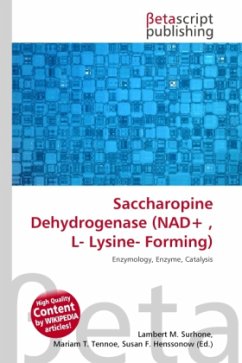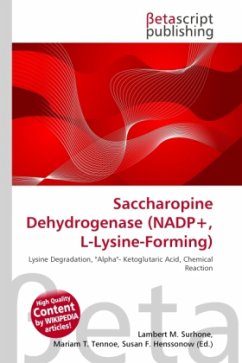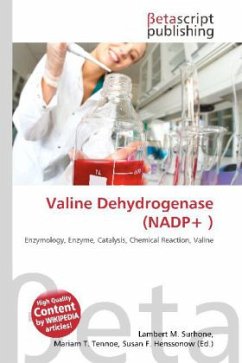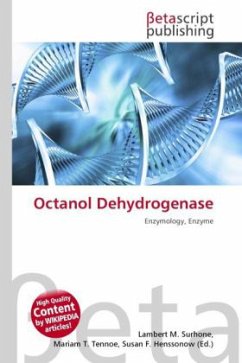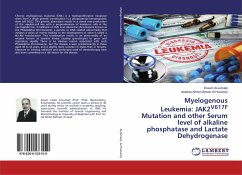
Saccharopine Dehydrogenase (NAD+, L-Glutamate-Forming)
Versandkostenfrei!
Versandfertig in 6-10 Tagen
23,99 €
inkl. MwSt.

PAYBACK Punkte
12 °P sammeln!
High Quality Content by WIKIPEDIA articles! In enzymology, a saccharopine dehydrogenase (NAD+, L-glutamate-forming) is an enzyme that catalyzes the chemical reaction: N6-(L-1,3-dicarboxypropyl)-L-lysine + NAD+ + H2O rightleftharpoons L-glutamate + 2-aminoadipate 6-semialdehyde + NADH + H+ The 3 substrates of this enzyme are N6-(L-1,3-dicarboxypropyl)-L-lysine, NAD+, and H2O, whereas its 4 products are L-glutamate, 2-aminoadipate 6-semialdehyde, NADH, and H+. This enzyme belongs to the family of oxidoreductases, specifically those acting on the CH-NH group of donors with NAD+ or NADP+ as accept...
High Quality Content by WIKIPEDIA articles! In enzymology, a saccharopine dehydrogenase (NAD+, L-glutamate-forming) is an enzyme that catalyzes the chemical reaction: N6-(L-1,3-dicarboxypropyl)-L-lysine + NAD+ + H2O rightleftharpoons L-glutamate + 2-aminoadipate 6-semialdehyde + NADH + H+ The 3 substrates of this enzyme are N6-(L-1,3-dicarboxypropyl)-L-lysine, NAD+, and H2O, whereas its 4 products are L-glutamate, 2-aminoadipate 6-semialdehyde, NADH, and H+. This enzyme belongs to the family of oxidoreductases, specifically those acting on the CH-NH group of donors with NAD+ or NADP+ as acceptor. The systematic name of this enzyme class is N6-(L-1,3-dicarboxypropyl)-L-lysine:NAD+ oxidoreductase (L-glutamate-forming).



